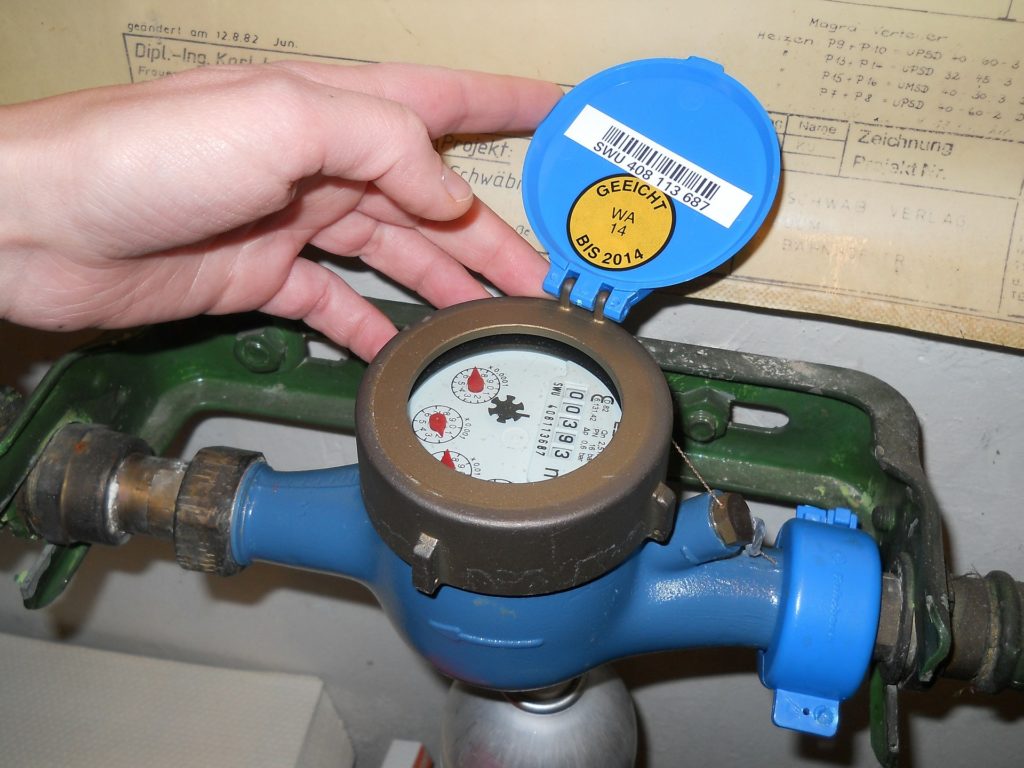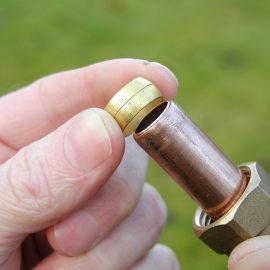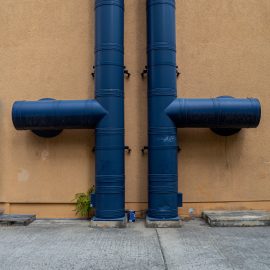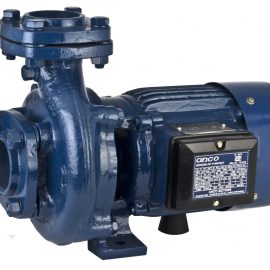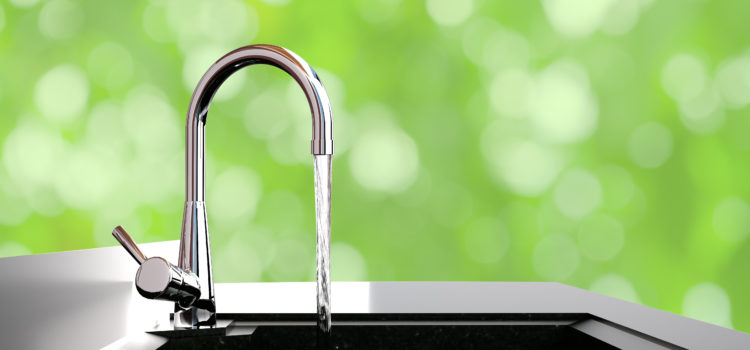
A household with adequate water supply but without sufficient water pressure can be a bane to our daily routines, especially when multiple people in the house are using water at the same time. Here is an overview of the leading causes of low water pressure.
Water meter valve
The water meter valve is meant to be always fully open. If you encounter low water pressure throughout your house after a water company did some work, it is possible they left the valve partially closed.
Main house shutoff valve
Similarly to the water meter valve, the shutoff valve is usually located inside the house. Again, it might be left partially closed after a repair has been effected on the house’s plumbing system.
Pressure regulator
Is your pressure regulator failing? A faulty pressure regulator is a common cause of home water pressure issues. A damaged pressure regulator can either create a pressure spike, allowing too much water pressure or create a sudden pressure reduction. It is recommended to call a professional to replace a regulator.
Old steel pipes
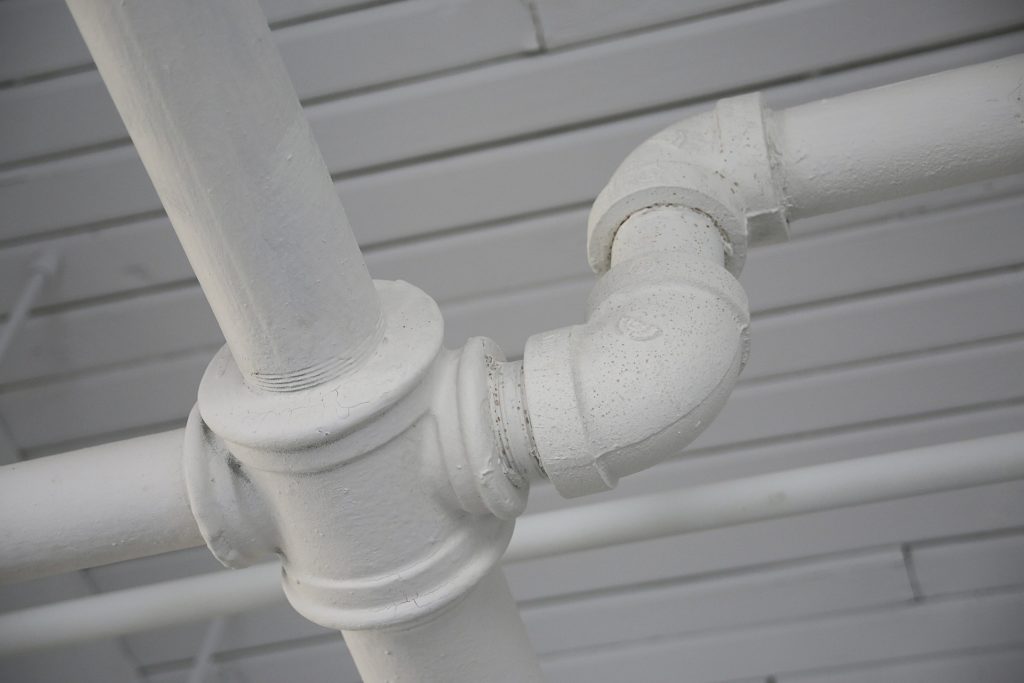
If you live in an old house, low water pressure probably arises from the corroded old galvanized steel water pipes. The steel pipes corrode from the inside, creating a build-up of corrosion, impeding the flow of water. In this case, re-piping your house with plastic or copper piping is a priority. Sometimes even the main water supply pipe can be obstructed with a foreign object, like plastic, for example. In this case, the water company is meant to tackle it.
Location
If you moved to a house located on top of a hill or far from water mains, you will encounter low water pressure. Low-pressure areas require homes to install electric water pumps to boost the flow of water.
The kitchen and bathroom
Old kitchen faucets and clogged bathroom shower heads accentuate low water pressure besides other previously mentioned factors being the main causes. A dirty and clogged faucet aerator impedes on the water pressure. The aerator needs to be unscrewed, removed, and have its components cleaned. Once cleaned, reinstall it and test the water flow.
A clogged shower head results from mineral deposits that happen over time. You might opt to replace the showerhead or clean it by unscrewing it and leaving it to soak in vinegar for at least 8 hours. The acidic vinegar breaks down the hard water deposits, turning the shower easy to be cleaned.

